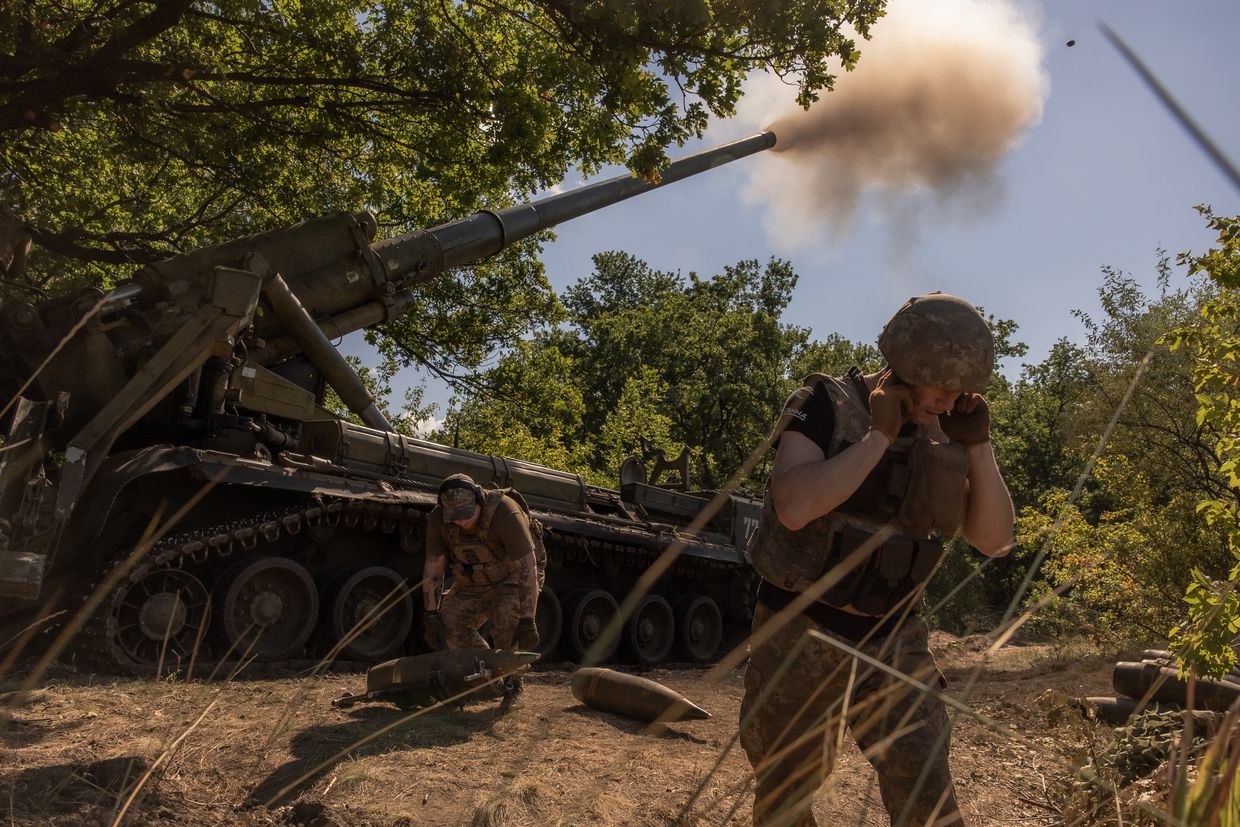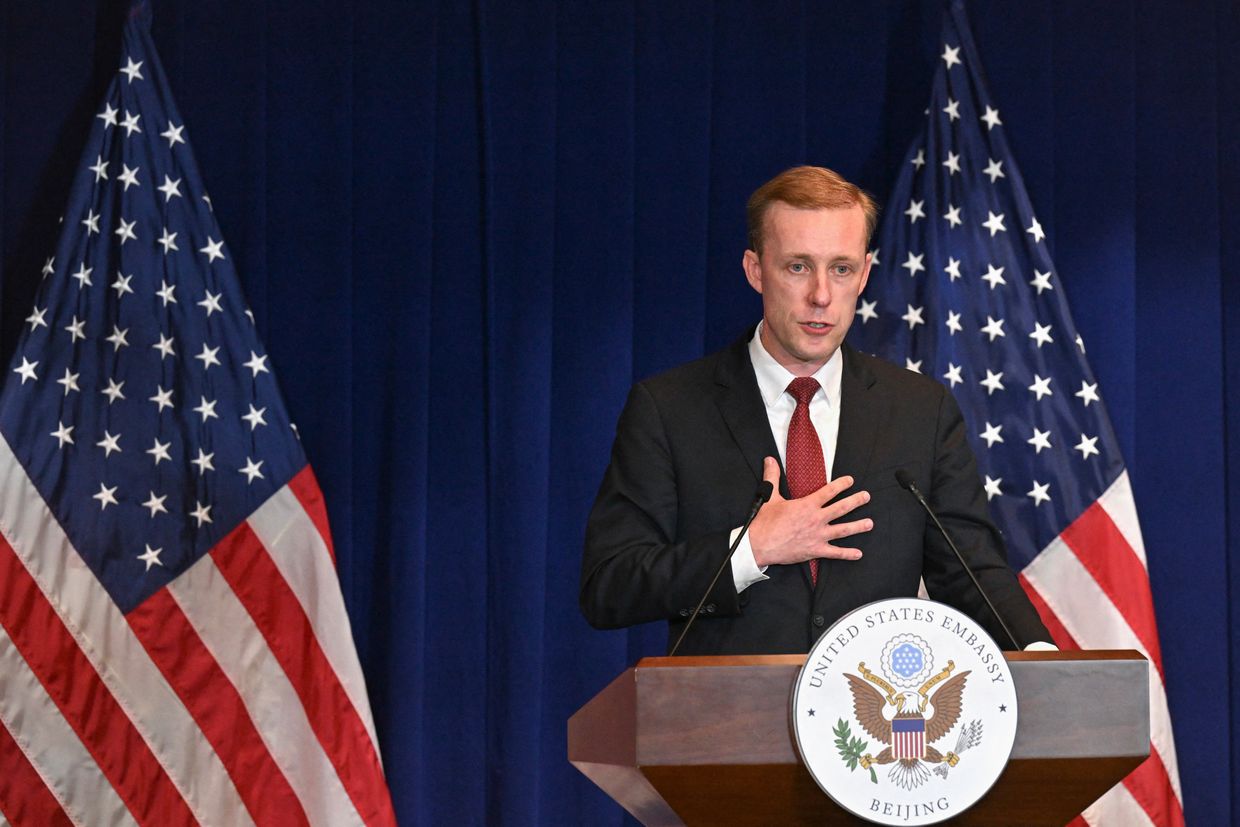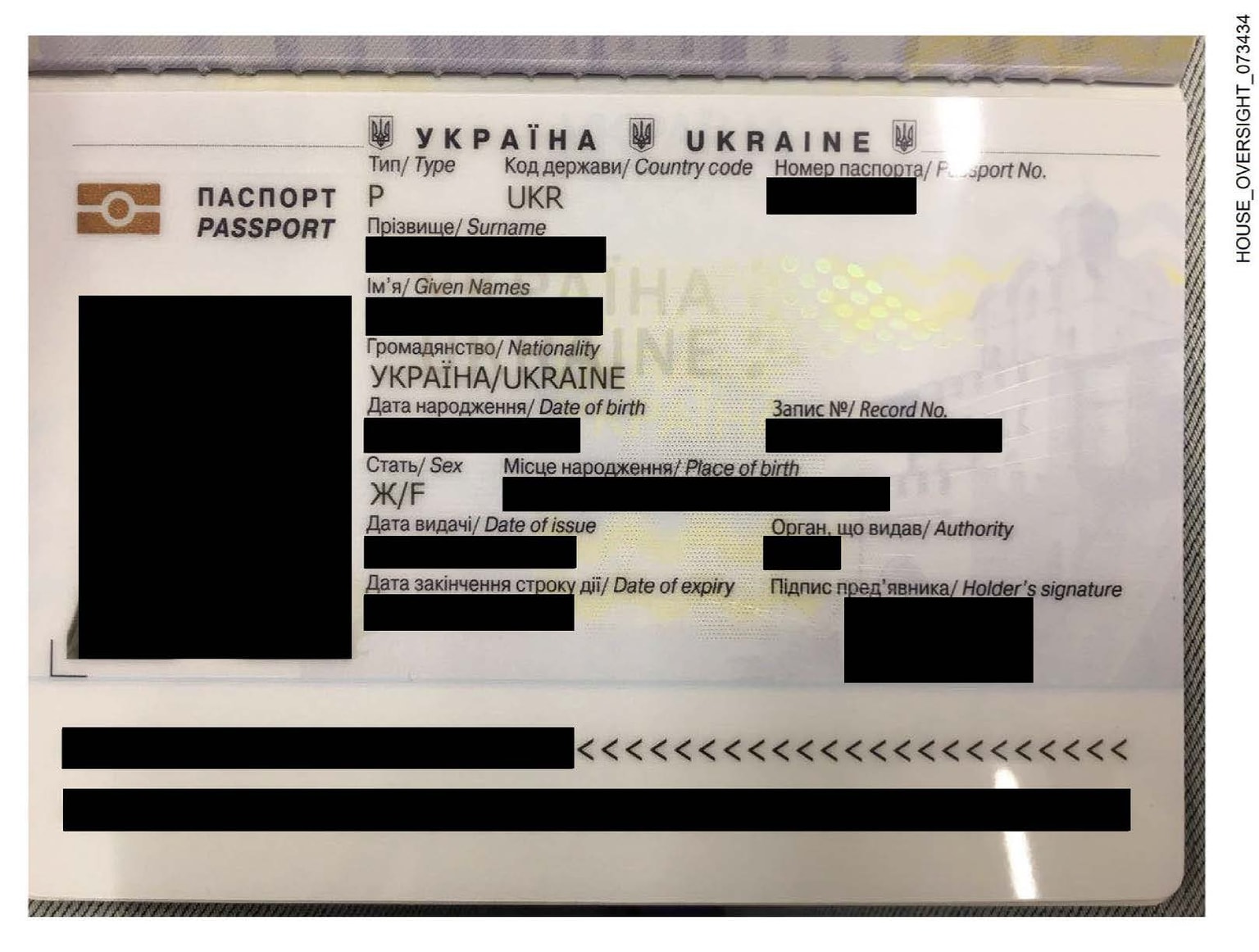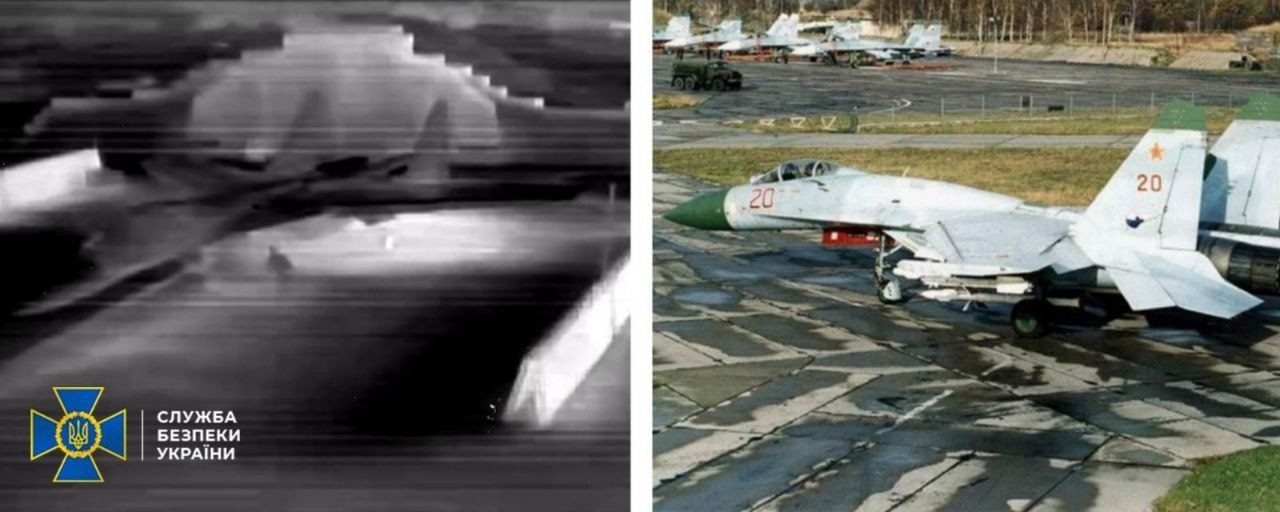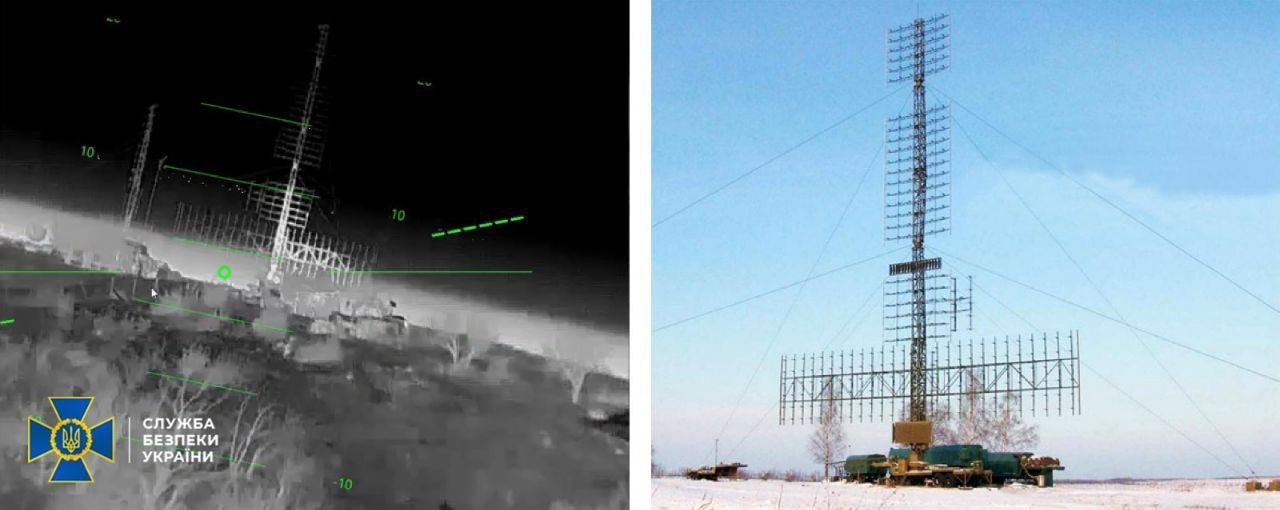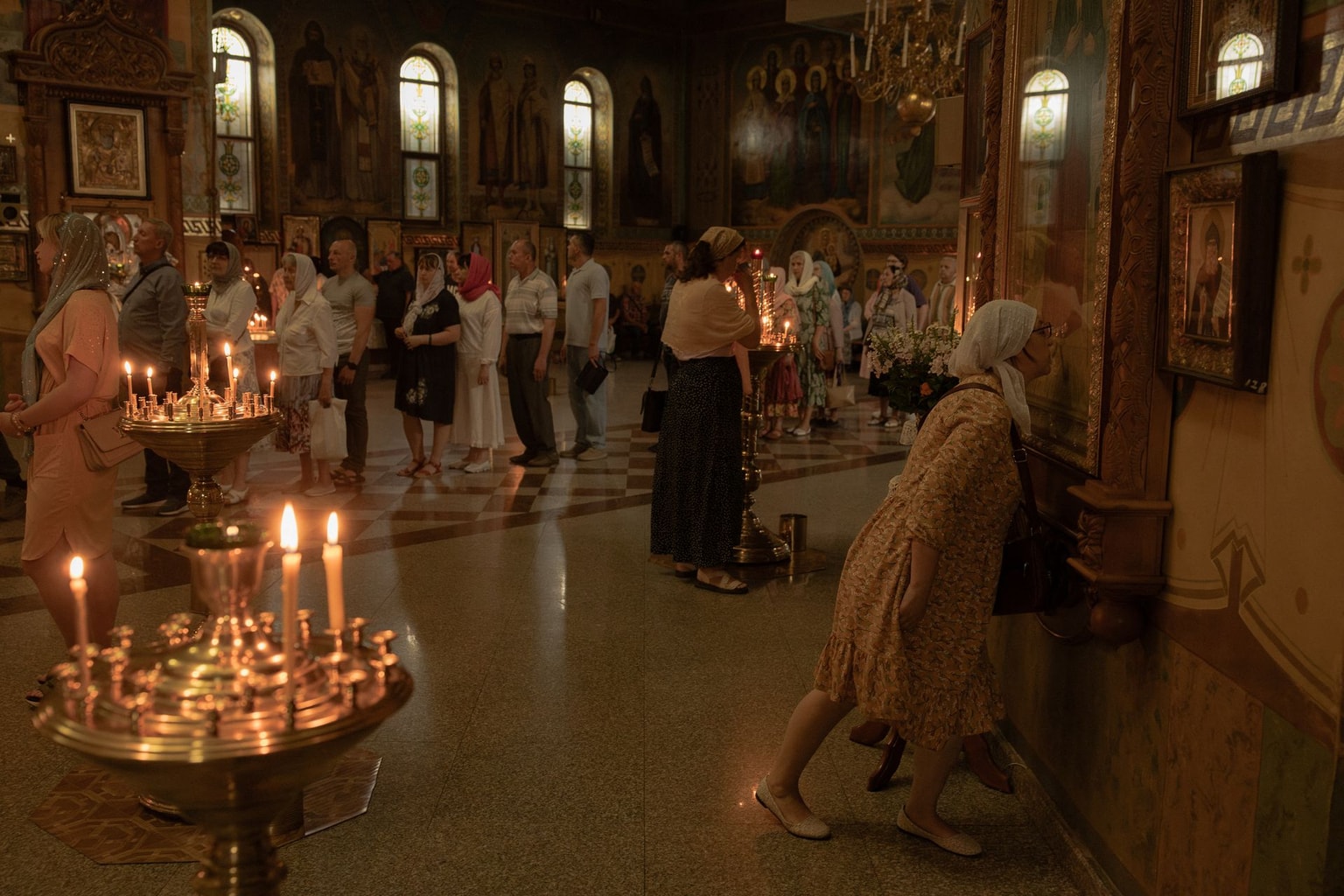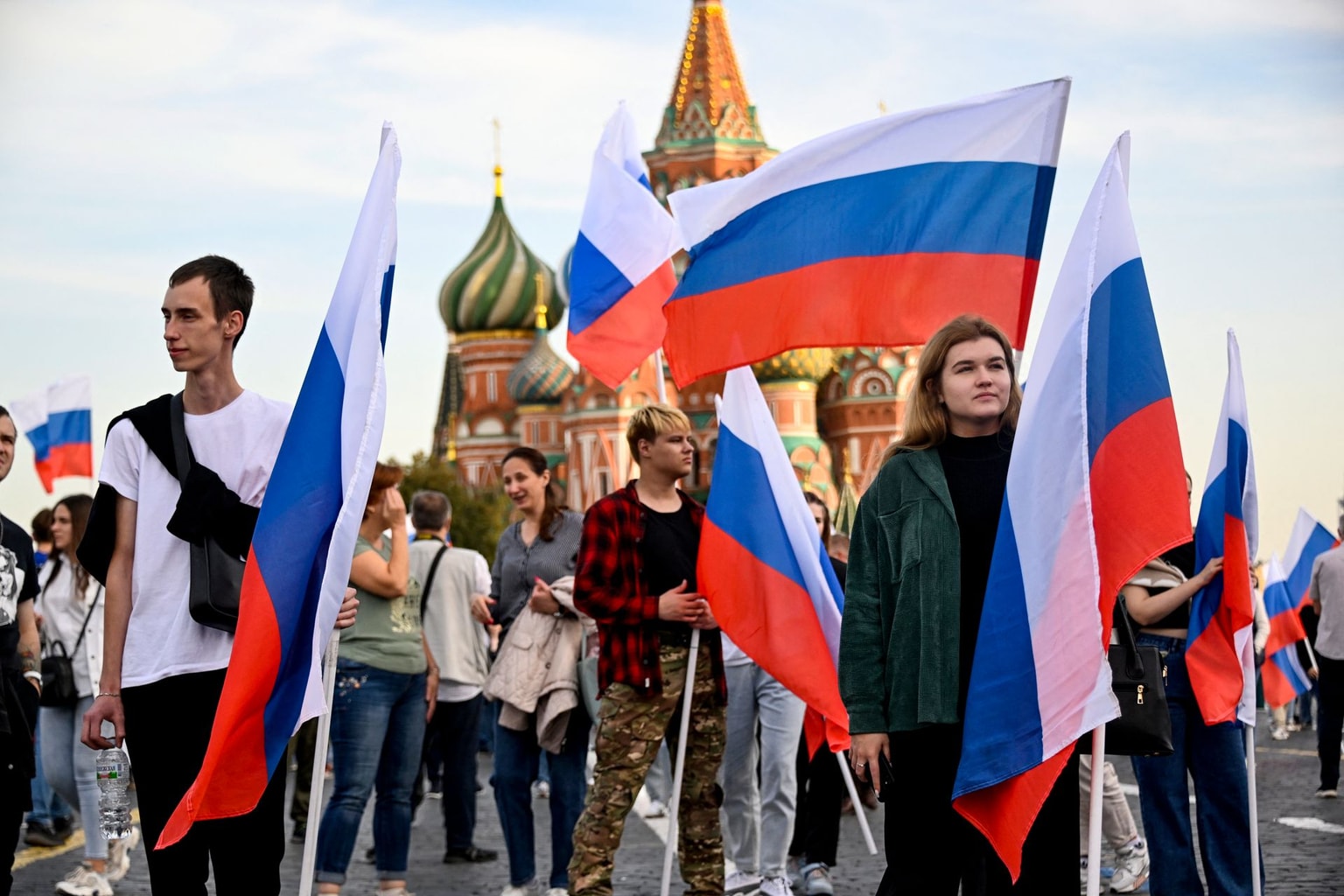Western aid not enough to equip 'even 4 out of 14' underarmed brigades needed on the front, Zelensky says

Ukraine hadn't received enough military aid from the foreign partners to equip "even four out of 14" Ukrainian army brigades that the country "needs to be ready," President Volodymyr Zelensky said in an interview with CNN on Sept. 15.
Zelensky didn't specify what the 14 brigades would be used for, or where they will be dispatched.
Throughout the interview, Zelensky used other examples to underscore that the Western aid sent to Ukraine is not enough to prevent devastating Russian attacks on Ukrainian cities and to "be in a strong position for diplomacy." He also emphasized that the aid shipments are slow to follow after partners pledge them.
"During this 8-month pause before the positive decision of the U.S. Congress (to provide the $61-billion aid package last April) — what we did, everybody has to understand: We used everything we could," Zelensky said.
"We moved (to use) what we had in storages, and whatever the reserve brigades had – (those brigades that) we need now (to fight)," he added.
Zelensky also defended the Ukrainian military command's decision to launch the Kursk incursion into Russia in August to divert Russian troops there, rather than keep Ukrainian forces in the eastern Pokrovsk direction, where Russian army was making relatively rapid territorial gains over the past weeks.
Zelensky said that it didn't matter how many brigades were defending the east, if "half of them is not equipped." Specifically, he said they were lacking armored vehicles and artillery shells, as Russian forces fired 12 times more rounds than Ukrainian troops.
In an earlier interview with Bloomberg on July 4, Zelensky said that 14 brigades in Ukraine's Armed forces remain unequipped with necessary weapons that the U.S. Congress already voted to send to Ukraine, but that are slow to come.
He mentioned that these brigades could be used for Ukraine's counteroffensive if they had been properly equipped.
“We have the desire (for a counteroffensive), but the tools have not come," Zelensky told Bloomberg.
In a BBC interview, Zelensky said that Russia launched 4,000 guided aerial bombs per month in the east of Ukraine, and destroyed 80% of the country's energy infrastructure, because the U.S. are hesitant to allow Ukraine to strike the airfields deep in the Russian territory, where the jets launching the bombs are stationed.
"We waited too long," he said, "Russia is beginning to move these jets from 100-150 kms, 300 kms (distance from the Ukraine-controlled territory) to 500 kms."
"After that, I will tell you, now we need more permissions," Zelensky said.
As of now, Ukraine doesn't have the permission from the U.S. to use the West-provided weapons to strike inside Russia, he added.


